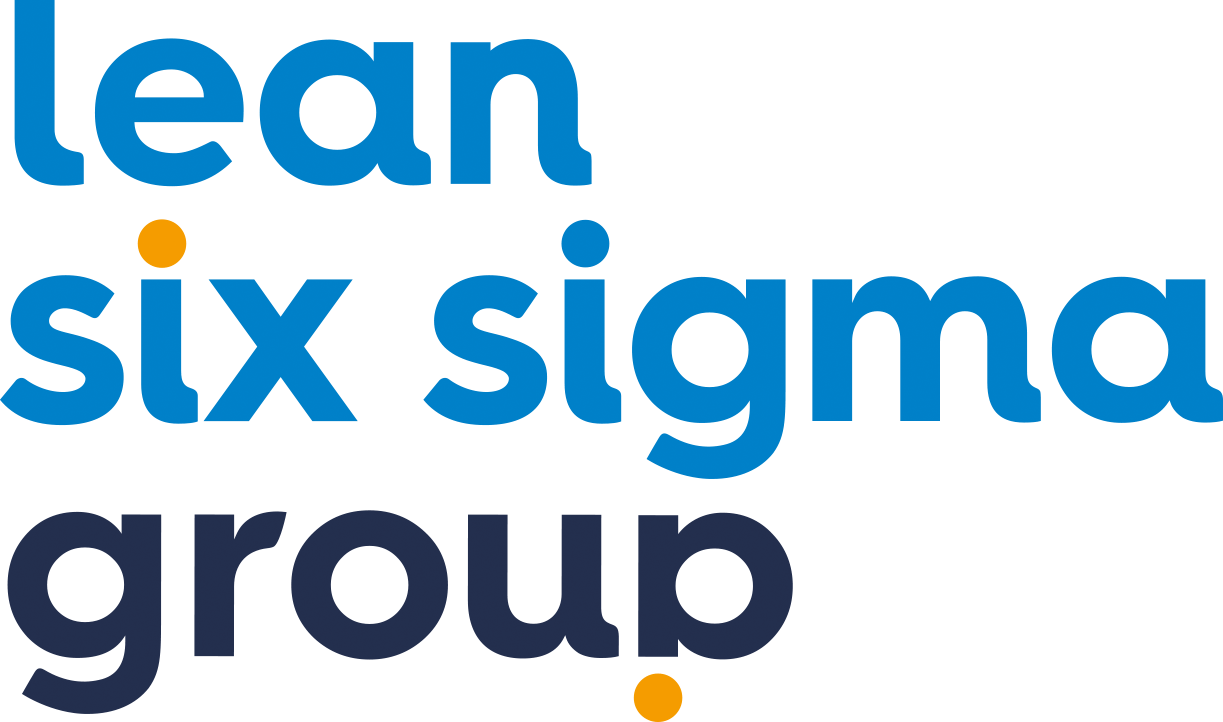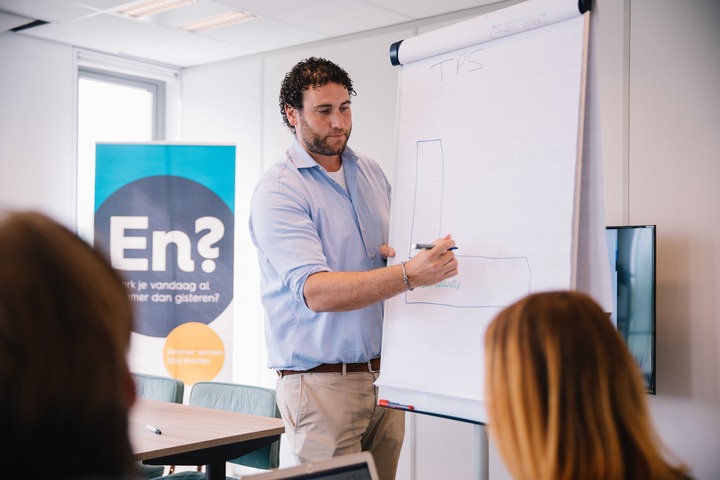Once you have completed Green Belt training, you will be the holder of an official Lean Six Sigma Green Belt certificate. This will mean that undergone six days of intensive training and have A (potentially large) part of your tasks will consist of managing a process improvement team. Although you already possess all the necessary knowledge, it is always useful to be able to refer to the most important characteristics and/or knowledge that a Green Belt should have. For this purpose, we have listed the most important characteristics of a Green Belt.

- Green Belts can prevent resistance to change by involving their colleagues in the process and finding solutions together, based on the available data.
- Green Belts manage Six Sigma improvement projects on a part-time basis. They spend about 25% – 50% of their time on Six Sigma projects.
- To Green Belts, Six Sigma is a ‘way of doing business’.
- Green Belts can explain why the y=f(x) formula is important to their processes and projects.
- Green Belts have knowledge about useful resources, as well as experience, which can be used during the optimisation of processes.
- Green Belts work on projects within their own specific fields of expertise, as opposed to Black Belts, who manage larger-scale projects.
- Six Sigma Green Belts are (often) selected by the management teams of their organisations.
- Six Sigma Green Belts can explain the Kano model and its relation to customer service.
- Green Belts are aware of the existence of the necessary resources to be used during Lean Six Sigma projects.
- Green Belts can draw up histograms and Pareto charts and know the difference between these two.
- Six Sigma Green Belts manage the data collection process of their projects and verify the measuring system.
- Green Belts are able to calculate average and standard variation in their process data.
- Green Belts are able to calculate the short and long term Sigma values of the processes of their projects.
- Green Belts are chosen because they are professionals, not necessarily because they are quality gurus or statistics geniuses.
- Green Belts know how to conduct simple statistics tests by means of statistics software packages like Minitab.
- Green Belts can put together project charters and SIPOC’s for their projects.
- Six Sigma Green Belts understand how cause & effect (fishbone) charts should be drawn up in order to trace the possible causes of process defects.
- Green Belts can lead their project teams during brainstorming sessions.
- Green Belts can make matters clear to superiors and colleagues by using graphics in a clearly visible and understandable way in order to demonstrate process improvements.
- Green Belts can win support for Six Sigma by preventing problems that often place strain on managers or colleagues.
Incidentally, these points are not numbered, because none are more important than any of the others.
Would you like to know more about our Green Belt training?
Find out everything about our Green Belt training, the costs involved and upcoming training dates here.




